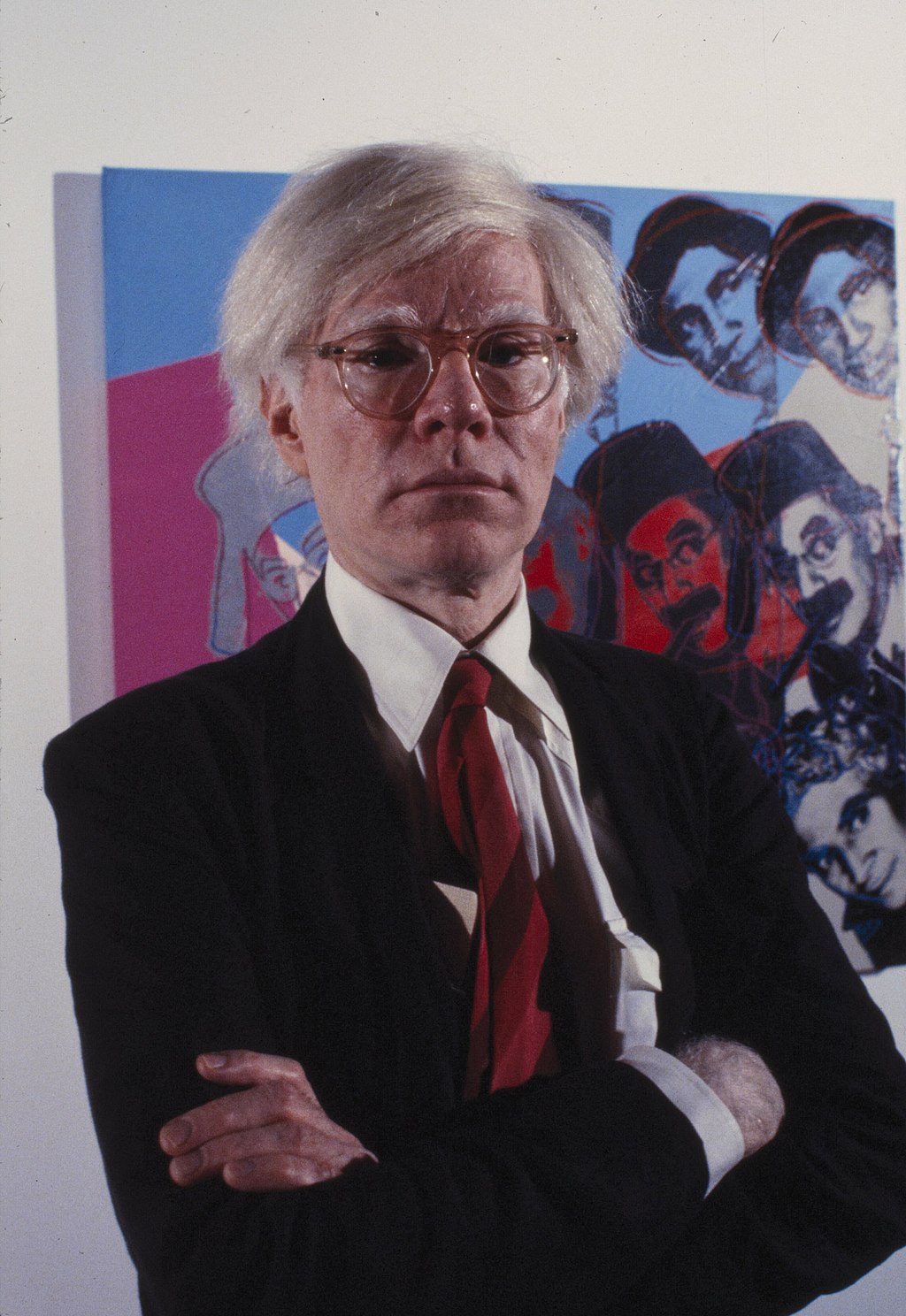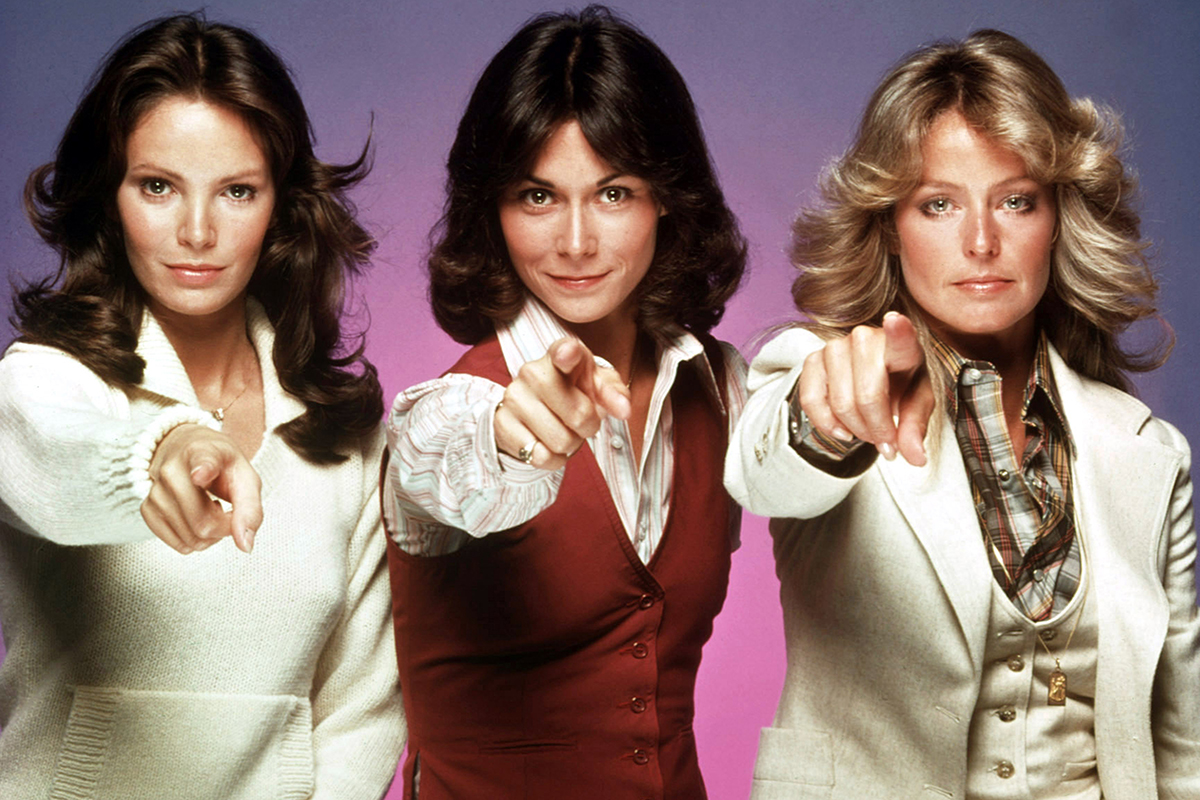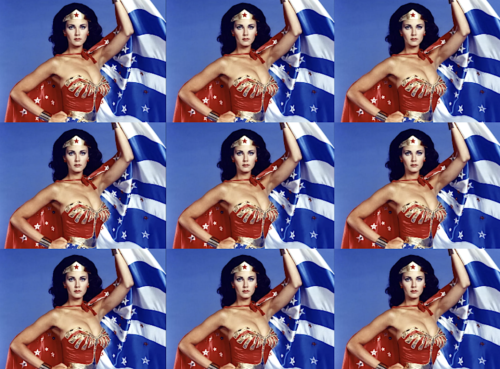How do you ‘view’ or ‘watch’ a video installation in an exhibition? Of course, you don’t ‘watch’ it like you watch TV and you don’t view it as you would a painting or a sculpture. The time-based element of the medium sets it apart from the latter and the typically, non-narrative nature of the content differs it from the former. The word video comes from the Latin for ‘I See’ and our ways of ‘seeing’ moving image material went through monumental shifts in the mid-20th century with the emergence of several pioneering artist-filmmakers.
The 1950s was a boom period for cinema, which overtook art for the first time as the preferred choice for culture seekers and consumers. Much of this was down to leaps in film technology but these same developments also gave artists a much-needed look in. In the early 60s, Sony began manufacturing consumer film cameras which were bought by experimental filmmakers like Andy Warhol. A few years before, German artist Wolf Vostell had made creative inroads into video art with his 1958 artwork The Black Room Cycle but it was essentially a mixed-media collage with a built-in TV set rather than a video installation or video art piece. However, in 1959, he unveiled the world’s first video installation using working televisions.
Korean American Nam June Paik is widely recognised as pre-eminent amongst video artists; stacking his television sculptures in a style later copied by 21st-century artists and introducing the video walls we often see in installation shows today. Amongst his most well-received and prominent early exhibitions was the 1963 Exposition of Music-Electronic Television, held at the Galerie Parnass in Wuppertal, West Germany. Both Paik and Vostell were founder members of the Fluxus movement.
The Warhol Era
Andy Warhol’s ‘anti-films’ set out to dismantle the narrative structure and aesthetic bounds of screen culture. They were essentially video recordings of performance art. His work encouraged audiences to shift from the cosy perspective of ‘watchers’ to less passive ‘viewers’. Check out Warhol’s experimental video Sleep, a five-hour film of his boyfriend sleeping. He also created some shorter ones: Eat was a 45-minute film of a man eating mushrooms! Some might argue a 45-minute horror film of giant Man-eating Mushrooms might have been a better fit with 1960s big-screen film culture.
 Andy Warhol
Andy Warhol
Indeed, the 60s was a decade where the lines between popular culture and high culture was somewhat blurred as film was formally accepted as art. The Pop Art movement, led by Warhol himself, added momentum to what was already an unstoppable force and took cultural inspiration from movie icons like Marilyn Monroe and James Dean. Few realise just how important Warhol’s contribution was. If 1963/64 were pivotal years in the emergence of video art, Warhol was unquestionably one of the pioneers; he bought his first camera in 1963 and he shot his first experimental film a year later.
The 1970s
TV offerings of the likes of Wonder Woman and Charlie’s Angels were a rich source of material for artist reworkings that ranged from the playful to the deconstructive. Artists reconfigured these images into unrecognisable simulacrum. American artist Dara Birnbaum re-edited footage from the 1970s Wonder Woman TV series starring Lynda Carter to highlight how women were portrayed as either superheroes or stereotypes – but not anything in between. Birnhaum’s practice focused heavily on television culture.
 Charlie’s Angels
Charlie’s Angels
So, just as one would gut a fish, TV and cinema would have its central narratives similarly extracted before being reconfigured and ‘plinthed’ in a new aesthetic as sculptural works. French sociologist and philosopher Jean Baudrillard had much to say about the disassembly of overriding narrative structures. So the next time you go to an exhibition to see a video installation and ponder whether you’re supposed to glance as you pass by or ‘watch’ ‘view’ ‘stare’ or ‘study’, remember, a French sociologist called Baudrillard predicted a lot of this.
He would have had a soft spot for these video artists who seek to present both the real and unreal as definitively unreal. He pretty much despised high-tech realism describing it as a soulless form of digital perfection. Amongst his quotes: “Reality is disappearing at the hands of the cinema and cinema is disappearing at the hands of reality.” and “‘the intensity of the image matches the degree of its denial of the real’.
With this influx of new ideas around art and film came waves of interpretations, approaches and aesthetic philosophies bringing new ways of seeing. You’ll never look at a Wonder Woman movie the same way again.





